A brief history of infant milks
Before the 20th century, infants not fed on human milk were unlikely to reach their first birthday. Many infants who were unable to be breastfed by their mothers were wet-nursed (given breastmilk by a woman other than the child’s mother). Other less fortunate infants were ‘dry-nursed’. Dry nursing involved feeding an infant on a home-prepared mixture based on a liquid, either water or milk, mixed with finely ground grains. However, the majority of infants died if they did not have access to breastmilk.
The first commercial infant formula was produced in 1867, devised by Justus von Liebig, a German chemist, and sold as Liebig’s Perfect Infant Food. This consisted of wheat flour, cows’ milk, malt flour and potassium bicarbonate. The product was initially sold in liquid form but soon became available as a powder with added pea flour and a lower milk content. The commercial success of this product quickly gave rise to competitors such as Mellin’s Infant Food, Ridge’s Food for Infants and Nestlé’s Milk made from milk and cereal in Switzerland, and often credited as the first international infant formula brand. The term ‘formula’ is derived from Thomas Morgan Botch’s approach to ‘percentage feeding’. He coined the term when he was trying to devise the best mix of the various constituents that make up baby formula in the mid 19th century.
During the 19th and 20th centuries, nutrition scientists continued to analyse human milk and attempt to make infant formulas that more closely matched the composition of human milk. Maltose and dextrins were believed to be nutritionally important (even though these are not present in breastmilk), and in 1912 the Mead Johnson Company released a milk additive called Dextri-Maltose. This formula was only made available to mothers by doctors. In 1919, milk fats were replaced with a blend of animal and vegetable fats as part of the continued drive to simulate human milk more closely. This formula was called SMA, which stood for ‘simulated milk adapted’.
In the late 1920s, Alfred Bosworth released Similac (for ‘similar to lactation’), and Mead Johnson released Sobee. In 1941 National Dried Milk was introduced in the UK. This was a dried, full-fat, unmodified cows’ milk powder fortified with vitamin D. The milk was introduced by the Government as part of the Welfare Food Service and was intended for families with babies or children who could not afford or otherwise obtain fresh milk during the period of milk rationing, but it continued to be used well into the 1970s. Commercial formulas did not begin to seriously compete with breastfeeding or home-made formula until the 1950s. Homemade formulas commonly used before this were based on diluted evaporated or sterilised milk and had the advantages of being readily available and inexpensive, although evaporated and sterilised milk are now recognised as being unsuitable for babies.
The reformulation of Similac in 1951, and the introduction (by Mead Johnson) of Enfamil in 1959, were accompanied by marketing campaigns and the provision of inexpensive formula to hospitals. By the early 1960s the use of commercial formulas was widespread.
By the mid-1960s most infant formulas were fortified with iron, differences in the whey:casein ratio of cows’ milk and human milk were recognised, and most infant formula became wheybased. The renal solute load of infant formula was also considered in the 1960s and recommendations were made to reduce the potential renal solute load in an effort to reduce the prevalence of hypernatraemic dehydration. This condition had been associated with unmodified cows’ milk formula with a high sodium content. The high phosphate content of formulas based on unmodified cows’ milk caused problems of tetany and convulsions in some infants. In the UK, recommendations on infant feeding in the 1970s lowered the acceptable levels of sodium, phosphate and protein in infant formulas, and National Dried Milk, which was based on unmodified cows’ milk and which required paretns to add sugar to the formula, was withdrawn in 1976.
Since the early 1970s, industrial countries have witnessed an increase in breastfeeding among children from newborn to 6 months of age. This upward trend in breastfeeding has been accompanied by a deferment in the average age of introduction of other foods and cows’ milk as the main drink, resulting in increased use of both breastfeeding and infant formula between the ages of 3-12 months. Later weaning and concerns over iron deficiency have also led to the development of other infant milk drinks for use into the second year of life. The last 25 years have also seen further changes in infant milk composition, with the addition of individual ingredients, which aim to make infant milk closer in composition to breastmilk. For example, taurine was first added in 1984, nucleotides in the late 1990s, and long chain polyunsaturated fatty acids and prebiotics in the early 2000s. However, despite advances in the composition of infant milks, breastmilk contains over 300 components, which contribute to the health and well being of infants, compared with only about 75 at most in typical infant formula. The cells that pass from the mother and the wide range of other immunomodulatory factors in breastmilk cannot be recreated, and it is also likely that there are other important components in breastmilk yet to be identified.
Further information on the history of infant milks can be found in The politics of breastfeeding by Gabrielle Palmer (Palmer, 2009).
